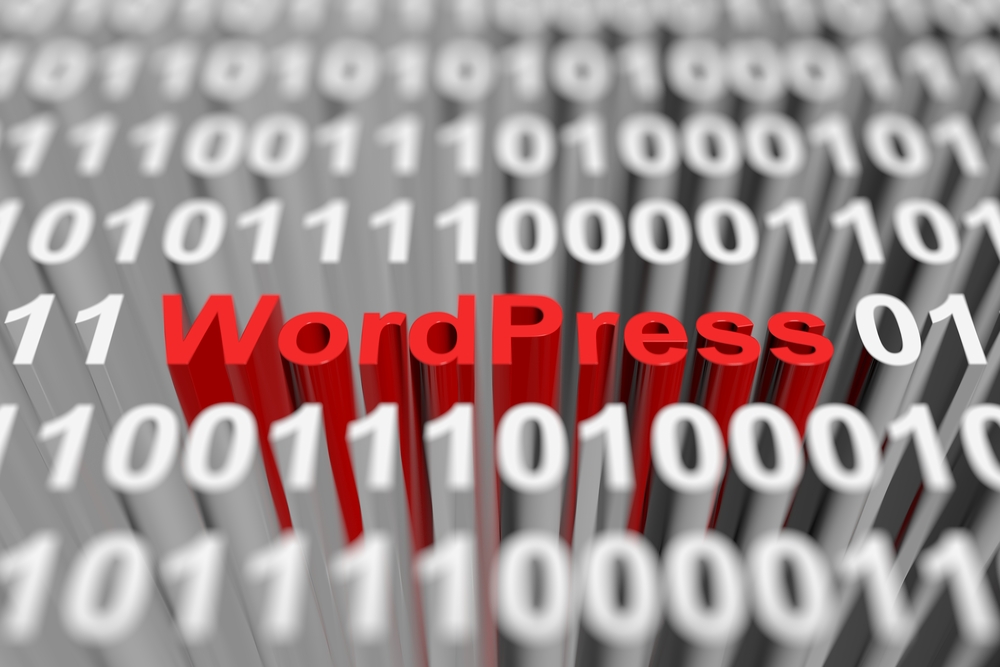
If you are someone who has a website or blog, chances are you have heard of WordPress. With over 75 million websites using this popular content management system (CMS), it is no wonder that WordPress (or WP) has become the go-to platform for website owners and developers worldwide.
Whether you are just starting out with WordPress or have been using it for a while, there are always ways to improve your customization and maintenance skills. In this article, we will explore some proven tips that will help you master the art of WordPress customization and maintenance.
1. Choose the Perfect Theme
The first step in customizing your WordPress (the blogging platform) website is selecting the perfect theme. A theme is a collection of files that determine the layout, design, and functionality of your website. With thousands of free and paid themes available, it can be overwhelming to choose the right one. Consider factors such as responsiveness, SEO optimization, and support when selecting a theme that suits your website's needs.
2. Customize with Plugins
One of the many benefits of WordPress (the platform for bloggers) is its extensive plugin library. Plugins add additional functionality to your website without requiring coding knowledge. From contact forms to e-commerce solutions, there is a plugin for almost anything you can imagine. However, it is important to be selective and only install plugins that are actively maintained and have good reviews. Installing too many plugins can slow down your website and potentially cause conflicts.
3. Master the Gutenberg Editor
In recent years, WordPress (WP) introduced the Gutenberg editor as the default content editor. The Gutenberg editor provides a block-based approach to content creation, making it easier to customize the layout and design of your webpages. Take the time to familiarize yourself with this powerful tool as it will enhance your ability to create visually appealing and engaging content.
4. Optimize for Speed
Website loading speed is crucial for user experience and search engine rankings. Slow-loading websites often lead to higher bounce rates and lower conversions. To optimize your WordPress site for speed, ensure your images are appropriately sized/compressed, use a caching plugin, and minimize the use of external scripts. Additionally, choose a reliable hosting provider that offers fast server response times.
5. Keep Your Website Secure
WordPress is a popular target for hackers, making website security a top priority. Keep your WordPress installation, theme, and plugins updated to the latest versions, as updates often include security patches. Regularly backup your website to ensure you can recover your data if an unfortunate event occurs. Lastly, utilize security plugins to add an extra layer of protection to your website.
Frequently Asked Questions:
Q1. How can I create a backup of my WordPress website?A1. There are several ways to create a backup of your WordPress website. You can manually backup your files and database via FTP, or you can use backup plugins such as UpdraftPlus or VaultPress for automated backups.
Q2. Can I change my WordPress theme after my website is live?
A2. Yes, you can change your WordPress theme even if your website is live. However, it is essential to preview the new theme and ensure that all content and functionality remain intact before making the switch.
Q3. Can I customize my WordPress website without coding knowledge?
A3. Yes, you can customize your WordPress website without coding knowledge by utilizing themes, page builders, and plugins. These tools provide intuitive interfaces that allow you to make changes to your website's design and functionality.
Q4. How often should I update WordPress and its plugins?
A4. It is recommended to update WordPress, themes, and plugins as soon as updates become available. Keeping your WordPress installation updated ensures that you have the latest features, bug fixes, and security patches.
Q5. What steps can I take to improve my website's search engine optimization (SEO)?
A5. To improve your website's SEO, focus on creating high-quality, relevant content. Optimize your website's meta tags, titles, and descriptions. Use a plugin like Yoast SEO to assist with on-page optimization, and build high-quality backlinks to increase your website's authority.
In conclusion, mastering WordPress involves careful customization and regular maintenance. By selecting the perfect theme, utilizing plugins, familiarizing yourself with the Gutenberg editor, optimizing for speed, and keeping your website secure, you will be on your way to a highly functional and visually appealing WordPress website. Remember to continually update your knowledge and stay up-to-date with the latest WordPress trends and best practices. Happy WordPress customization and maintenance!
Other useful resources
- https://en.wikipedia.org/wiki/Blog
- https://www.wordpress24plus.com/services/
- https://www.wordpress24plus.com